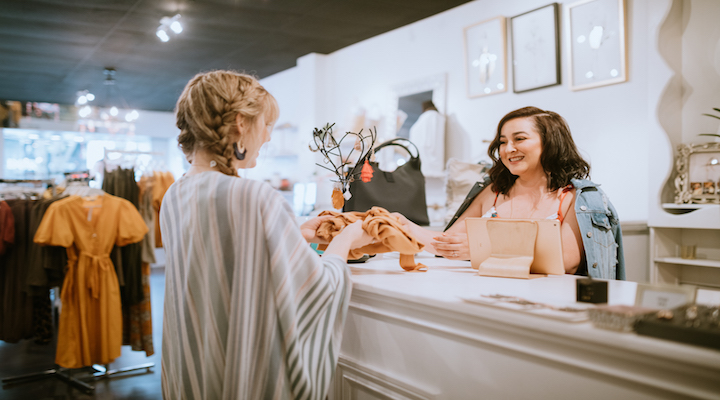Most retailers worth their salt know that the way to convert a potential sale into a done deal is through data. Knowing where the customer is, and properly marketing a product or service to them when they are scrolling through Facebook or Instagram, for example, can be a strong way to encourage shoppers to buy.
It’s what comes after the sale that seems to trip a lot of brands up.
That customer may have bought online or in-store, it could be their first buy with the brand or their 20th, and they could have a product-sized hole in their collection that a brand is unaware of – because they aren’t creating a single, quantified view of their customers.
“I’m pretty sure marketing 101 is that it costs five times more to acquire a new customer, compared to keeping an existing one. But I don’t see marketers reading that script,” said Danny Phillips, co-founder of the customer experience platform Omneo.
“It’s about spinning the whole thing around and looking at it from the customer’s point of view. What the customer wants is to be able to pick up where they left off next time. What’s done is saved, and when I buy from the brand again that information is there.”
Customers would find it more than convenient to be able to find and display all the products they have purchased through a brand, as well as have access to all relevant warranty, return or repair information specific to those items – but this item is often left up to customers to track themselves.
And when a customer is catered for, they are more likely to stay with a brand and buy again.
However, while a brand’s digital presence is often built almost entirely on customer data, when a customer walks into a store the shop assistants may have no idea who they are, or what they’ve bought.
“If I happen to look at a shirt on the website of the brand I like, it will follow me around the internet for the next two weeks, but if I then dare to turn up at that brand’s physical store and say ‘I’d like to buy that t-shirt’, the person won’t know what you’re talking about,” Phillips said.
“The whole bloody internet knows, but the staff don’t.”
The trick is, according to Phillips, to change the way you handle your data – not everything has to be hidden from the customer, and collecting data doesn’t have to end when a customer walks into a store.
Businesses should enable staff to approach customers, get them to sign into their account, and have immediate access to their shopping history, loyalty information, and what has been on their wishlist.
“Make it your business to know who I am,” Phillips said.
“Let me see that you’re saving this information away for next time, or even for this time for ME. That’s all – [most retailers] already have this capability in a lot of ways, they just don’t seem to want to activate it for the sake of the customer, and feel creepy if they are only capturing it for the marketing department.”
According to Phillips, a lot of brands haven’t yet figured out why a customer should share their data with them – instead, they know what they want to do with the data but fail to actually capture the data because there is little reason for a customer to share it (beyond getting marketing emails).
“You can solve for your best customers who want to shop with you, and who are probably generating three quarters of your revenue,” Phillips said.
“As opposed to building out trickier ways of selling to them, just help them buy. That’s the trick. Build out the utilities on your e-commerce site and your in-store experience, and use both together at the same time to help them buy.”
Visit omneo.io to start focusing on growing your brand profit and known customer asset via retention, genuine loyalty and advocacy.






